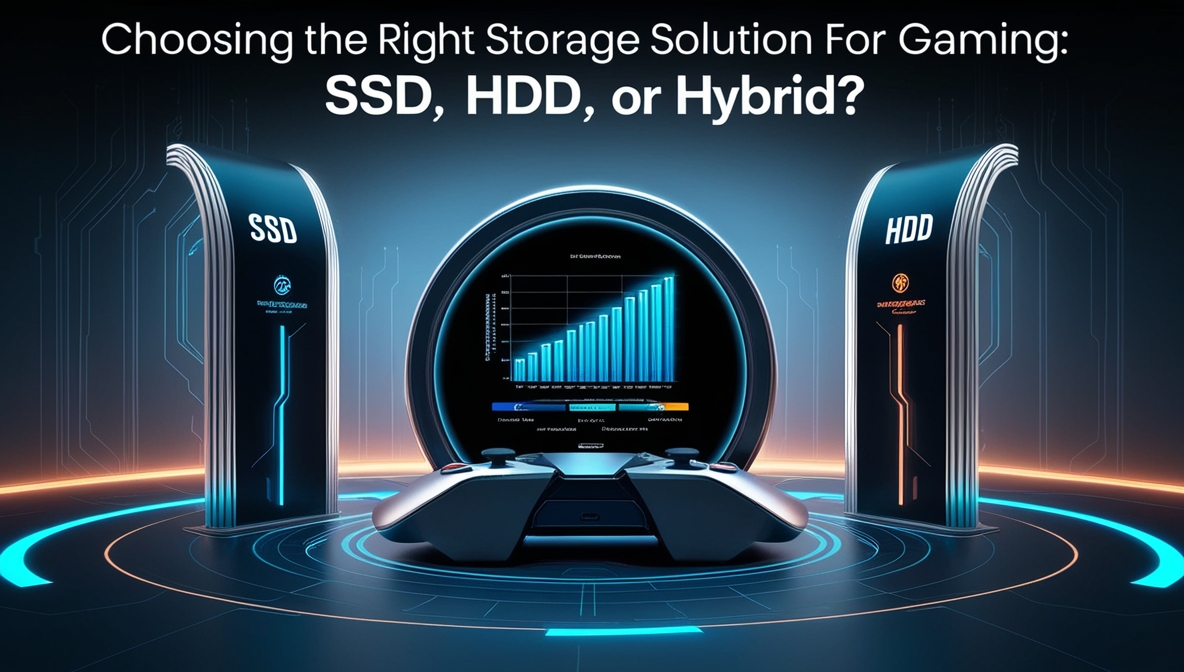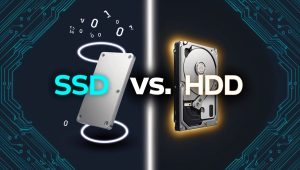The Future of Data Storage: Innovations to Watch
As technology evolves, so does the field of data storage. From advancements in speed and capacity to the latest data storage technology, new innovations are revolutionizing how we manage data, the future of data storage holds exciting possibilities. Here’s a look at the innovations that are shaping the future of data storage.
1. Quantum Storage
Quantum storage could revolutionize quantum computing and data storage with unprecedented speeds and capacities, though practical implementation is still in early stages. Unlike traditional storage methods, quantum storage could potentially offer exponential increases in storage density and speed.
Key Innovations
- Quantum Bits (Qubits): Utilizes qubits to store information in multiple states simultaneously, allowing for significantly higher data density.
- Quantum Computing Integration: Combines with quantum computing to enhance processing capabilities and efficiency.
Potential Impact
Quantum storage could revolutionize data storage with unprecedented speeds and capacities, though practical implementation is still in early stages.
2. DNA Data Storage
DNA data storage involves encoding digital information into the sequences of DNA molecules. This method promises long-term data preservation and extremely high storage density.
Key Innovations
- Encoding and Decoding: Advances in biotechnology enable efficient encoding of data into DNA and decoding it for retrieval.
- Long-Term Stability: DNA can potentially store data for thousands of years without degradation.
Potential Impact
DNA data storage could offer a sustainable solution for long-term data preservation and massive data volumes, though challenges in cost and accessibility remain.
3. 3D NAND Flash Technology
3D NAND flash technology stacks memory cells vertically to increase storage density without expanding the physical footprint of the drive. This innovation is a significant advancement over traditional 2D NAND flash.
Key Innovations
- Increased Density: Stacking layers of cells allows for higher storage capacities in smaller form factors.
- Enhanced Performance: Improvements in read/write speeds and durability compared to earlier NAND technologies.
Potential Impact
3D NAND flash technology is already improving consumer and enterprise SSDs, offering higher capacities and better performance at competitive prices.
4. Neuromorphic Computing
Neuromorphic computing mimics the neural structure and functioning of the human brain to process and store data. This approach promises to revolutionize how we handle data by integrating storage and processing. Neuromorphic computing could lead to more efficient and intelligent data processing systems, with applications in AI in data management, machine learning, and beyond.
Key Innovations
- Brain-like Architectures: Uses artificial neurons and synapses to perform computations and store data in a manner similar to biological systems.
- Energy Efficiency: Potential for significant reductions in power consumption compared to traditional computing methods.
Potential Impact
Neuromorphic computing could lead to more efficient and intelligent data processing systems, with applications in AI, machine learning, and beyond.
5. Advanced Data Compression Techniques
Data compression techniques reduce the size of data without losing quality, allowing for more efficient storage and transmission. Innovations in compression algorithms continue to enhance data management capabilities.
Key Innovations
- Lossless Compression: Advances in algorithms improve the efficiency of lossless compression, preserving data integrity while reducing size.
- Adaptive Compression: New techniques dynamically adjust compression methods based on data type and usage patterns.
Potential Impact
Improved data compression can lead to more efficient use of storage resources, faster data transfer rates, and reduced costs for data management.
6. Storage-Class Memory (SCM)
Storage-Class Memory (SCM) bridges the gap between traditional DRAM and storage, offering a new category of memory that combines the speed of RAM with the persistence of storage.
Key Innovations
- Persistent Memory: Provides non-volatile storage with near-DRAM speed, allowing for faster data access and reduced latency.
- Integration with Existing Systems: SCM can be used alongside existing storage technologies, enhancing overall system performance.
Potential Impact
SCM has the potential to transform data storage by offering faster and more efficient access to persistent data, improving overall system performance.
Conclusion
The future of data storage is shaped by innovative technologies that promise to enhance speed, capacity, and efficiency. Quantum storage, DNA data storage, 3D NAND flash, neuromorphic computing, advanced data compression, and storage-class memory are just a few examples of how the field is evolving. As these technologies advance, they will redefine how we manage and interact with data, paving the way for new possibilities in storage solutions.












Post Comment